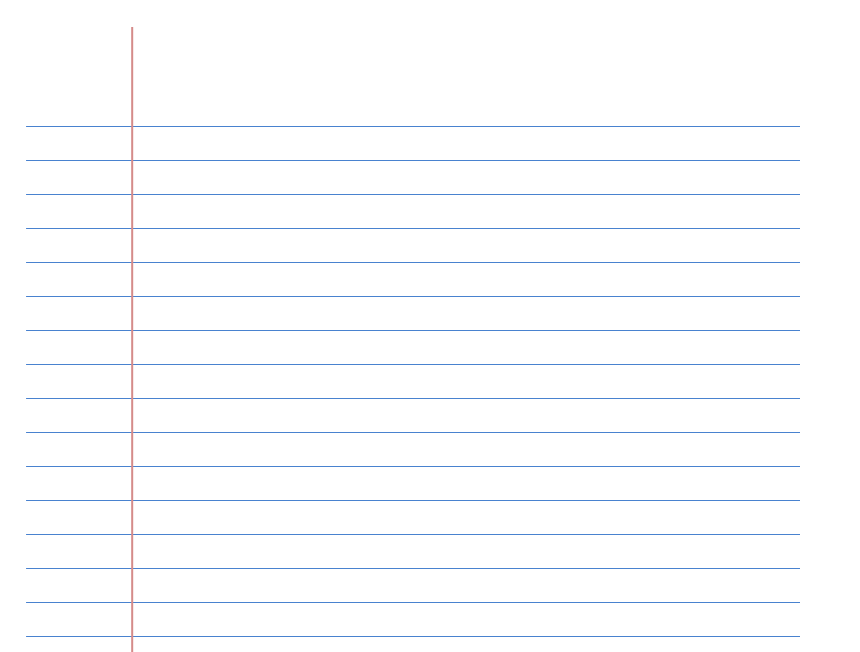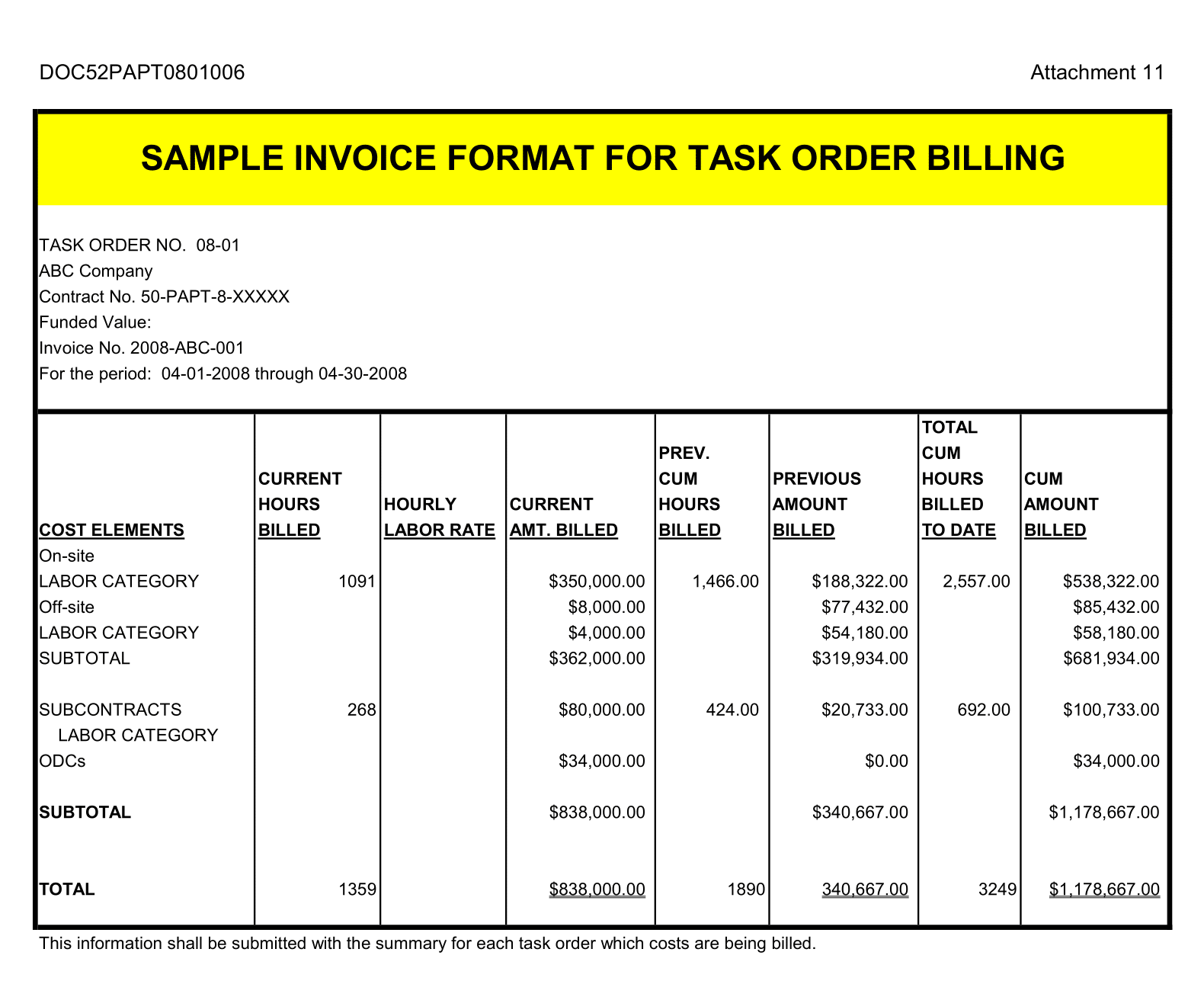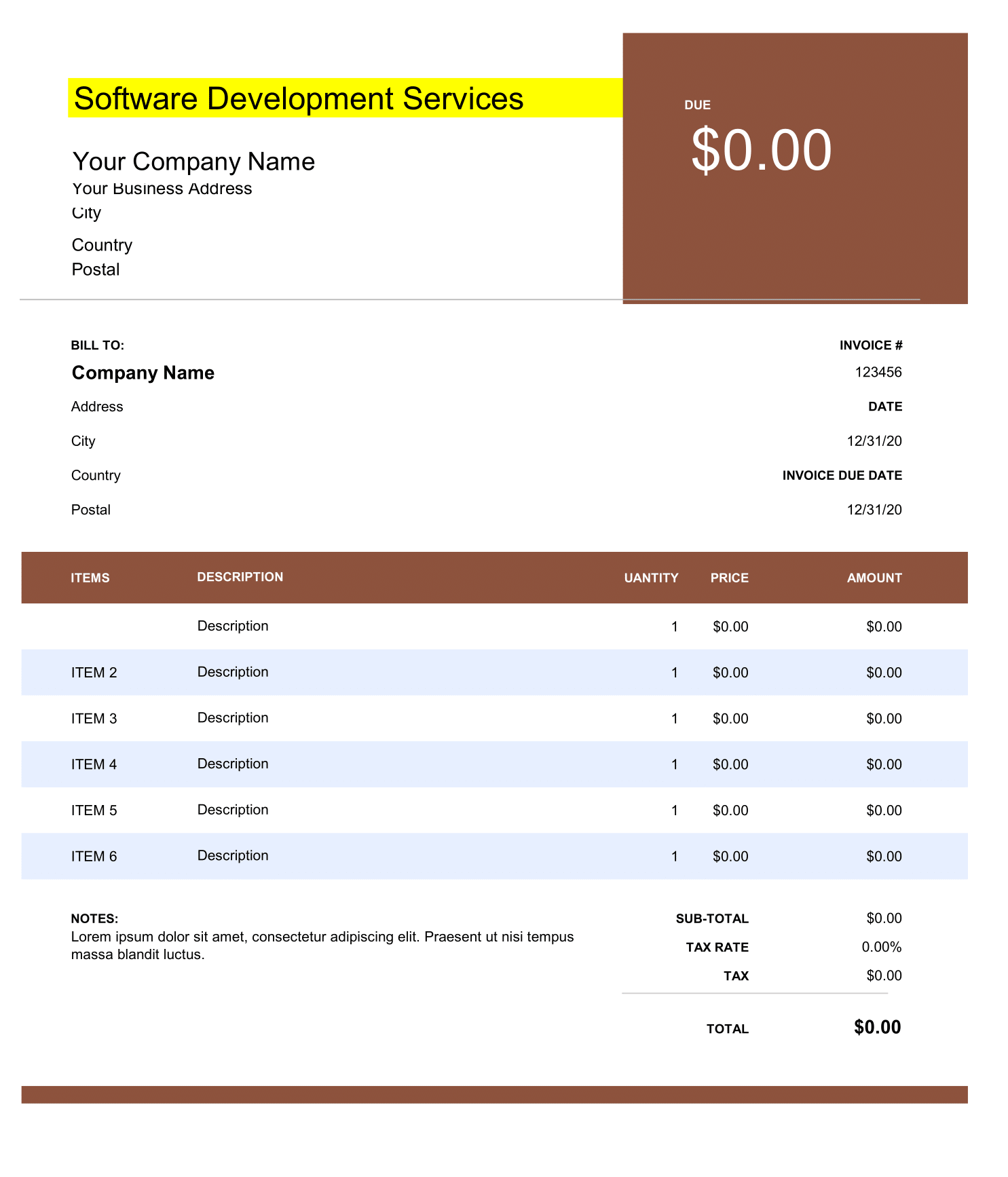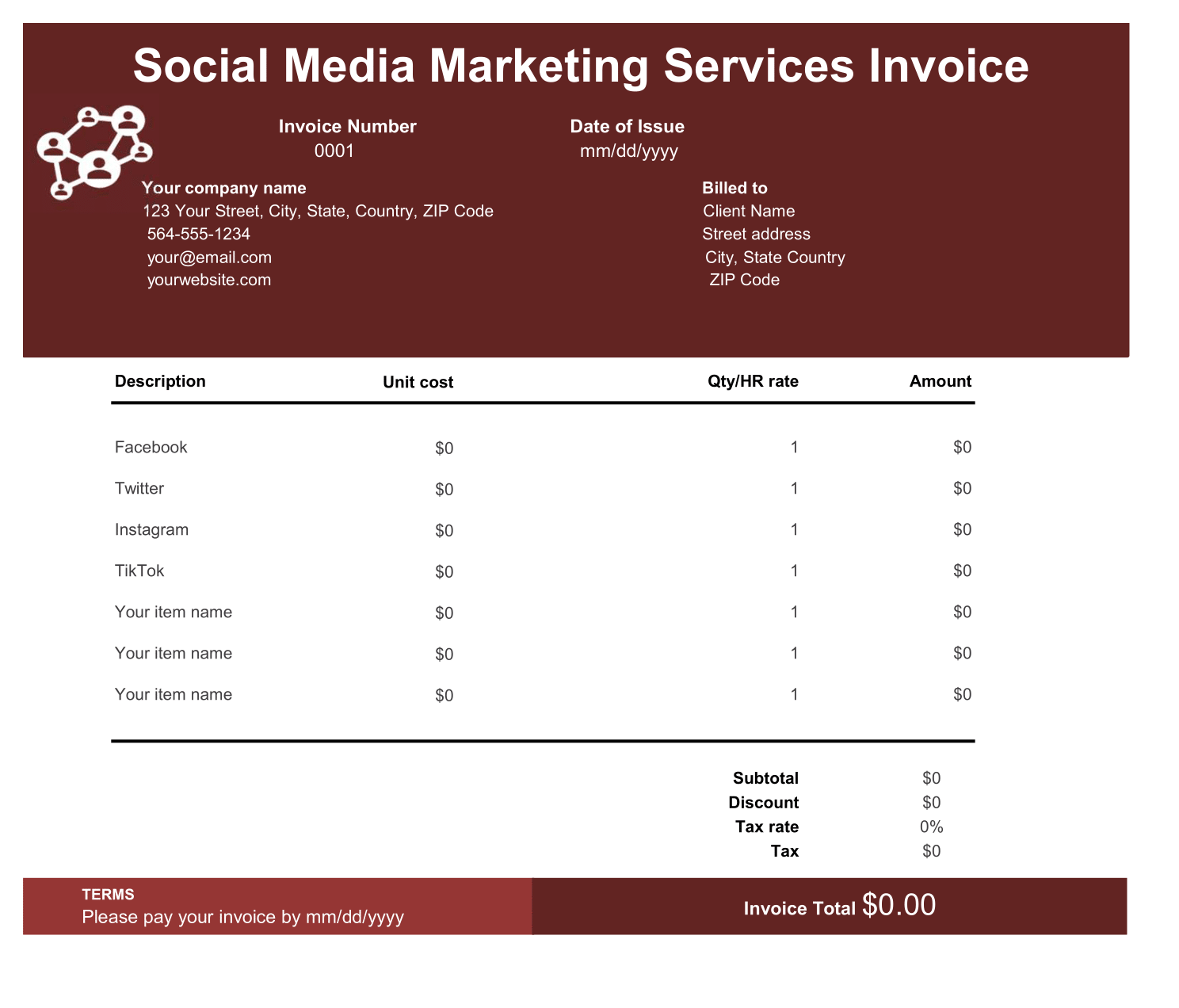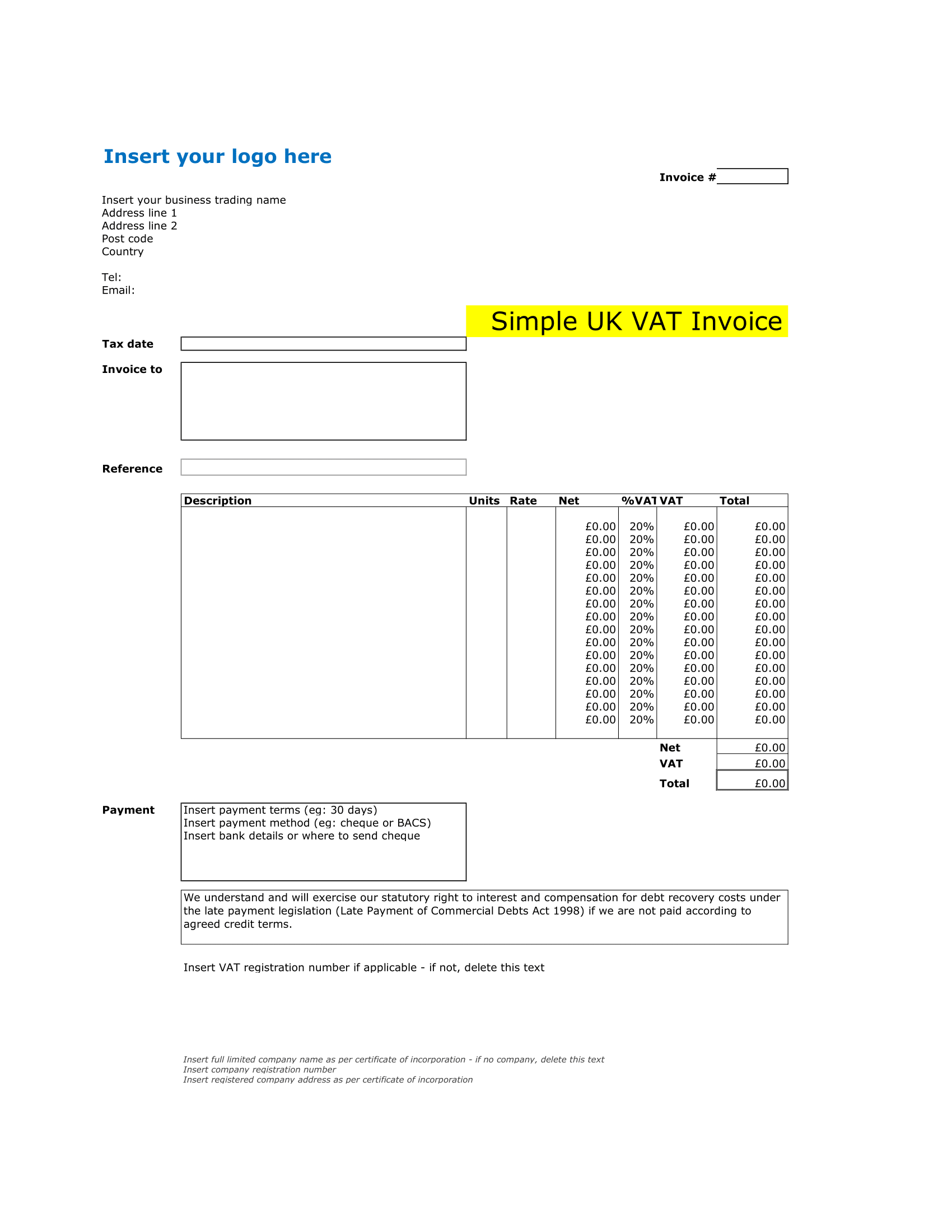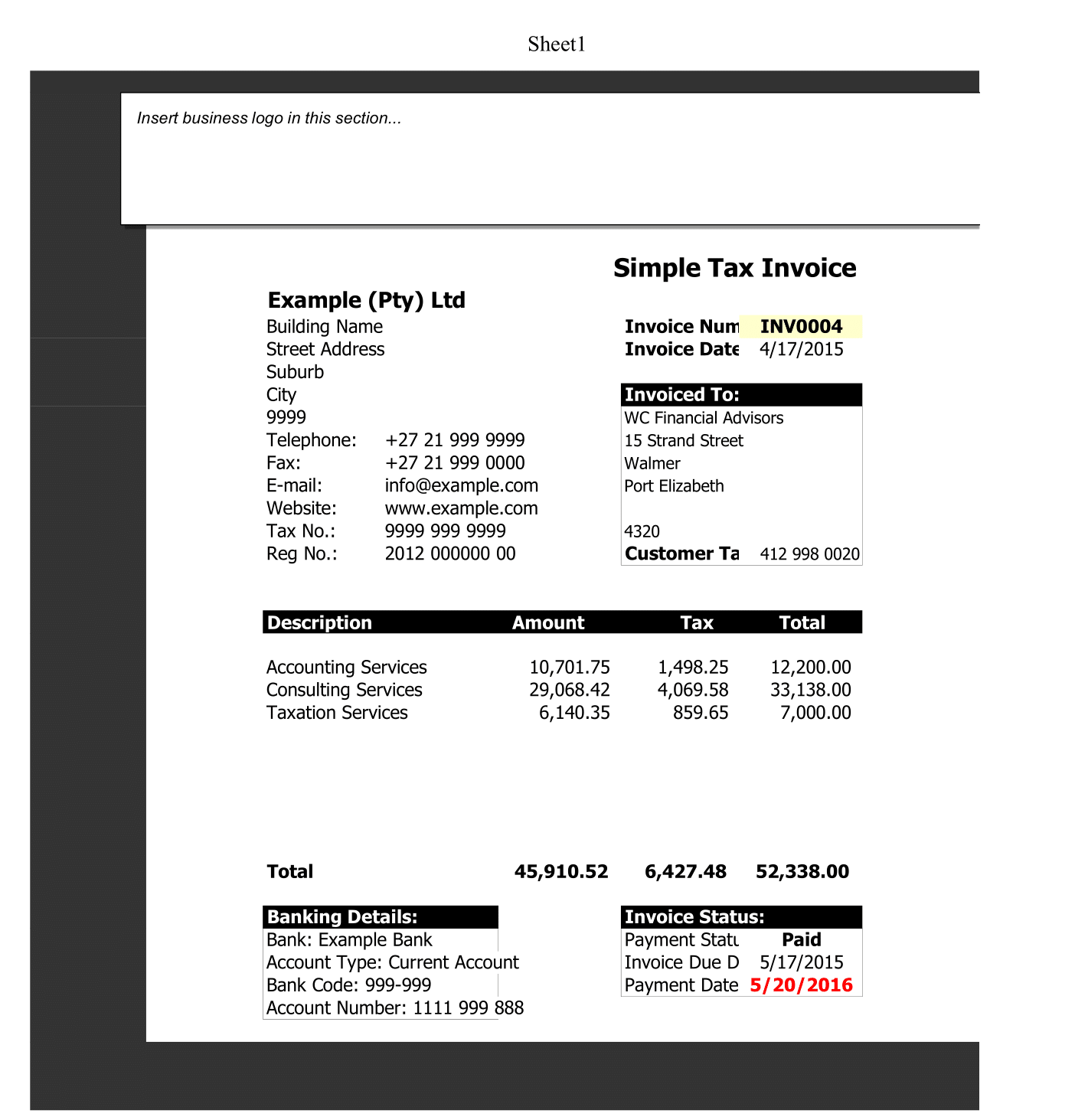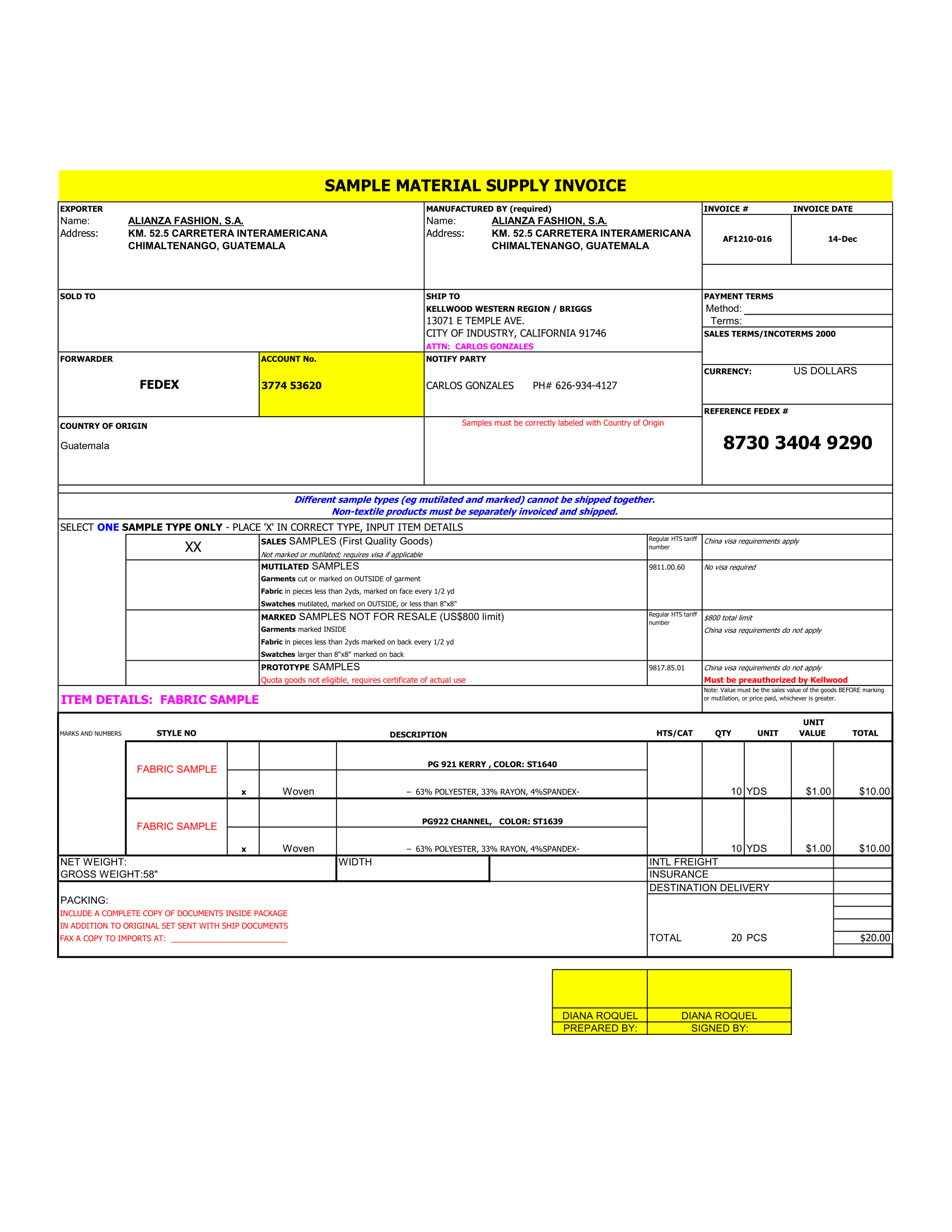As the name implies, wide ruled lined paper has wider spacing between lines than other lined paper, such as college ruled or narrow ruled paper. Wide ruled paper is most commonly used by grade school children in United States. But wide ruled lined paper isn’t just for kids – it is also the most practical writing paper choice of lined paper for anyone with big handwriting. Our lined paper templates are available in different line colors and paper sizes.
Wide Ruled Paper Printable
Below is the list of worksheets included in this printable template.
US Letter
US Letter size paper (8.5” x 11.0”) with blue horizontal lines evenly spaced at .34 inches, a red vertical margin line, and white background.
Letter BW
US Letter size paper (8.5” x 11.0”) with gray horizontal lines evenly spaces at .34 inches, a black vertical margin line, and white background.
Legal
Legal size paper (8.5” x 14.0”) with blue horizontal lines evenly spaces at .34 inches, a red vertical margin line, and white background.
BW
Legal size paper (8.5” x 14.0”) with gray horizontal lines evenly spaced at .34 inches, black vertical margin line, and white background.
A4
A4 size paper (8.3” x 11.7”) with blue horizontal lines evenly spaced at .34 inches, a red vertical margin line, and white background.
BW
A4 size paper (8.3” x 11.7”) with gray horizontal lines evenly spaced at .34 inches, black vertical margin line, and white background.
Wide Ruled Writing Paper
Paper has been traced back as far as Asia, circa 105 CE. Back then, papermaking was long and manual process. But, through the years, almost all papermaking steps became automatic. By the 14th century, paper was in high demand and paper mills were popping up all across Europe. With the invention of Gutenberg’s printing press (around 1450 CE), the paper industry really took off!
Likely, lined paper was first used two write musical scores. Fairly quickly though, wide ruled paper became popular to world at large. Sources say that an English man named John Tetlow first patented a paper ruling machine, for music and other purposes, in 1770. By early 1800s, lined paper had probably become mainstream.
Free Printable Wide Ruled Paper
Choose a Paper Size
If you are a student in United States, you might choose the “US Letter” or “Legal” size. US Letter size is the standard paper size use in schools throughout the United States and many other US territories. Legal size is “other” common paper size, use mainly by US businesses and professionals. If you are outside US and its territories, you may opt for A4 paper size, which is the standard paper size accept nearly everywhere else. After you’ve made your paper size selection, print notebook paper and put the pages in a binder or clipboard to create a wide ruled notebook.
General Use
No matter which paper size you choose. All templates are evenly spaced at .34 inches, which makes it “wide ruled” lined paper. Wide ruled lined paper allows you to write larger because lines are spaced further apart. Wide ruled paper is ideal for young children learning to write by hand because they have more space between lines to experiment with their new skill. You need not worry if you fill out page quickly – print as many blank pages as you’d like.
There are so many other ways to use wide ruled paper. Ideas include –
- Use lines on the paper
- Play tic tac toe, connect dots, and other fun pen and paper games.
- Doodle.
- Write note to your secret crush (in big bold letters).
- Illustrate concepts and ideas.
- Print out blank filler paper sheets and design your own composition book.
- Draft charts and graphs.
- Type letter or take notes in Excel and use the lined paper worksheets as a retro notebook theme background.
Why the Line?
The 1 inch margin line on the left hand side of the page serves as an old-fashioned indent for your text. Also, if you plan to punching holes in your notebook paper. You would do so behind the margin line, where writing does not usually take place. The vertical margin line makes it easy to align your text. You may also decide to make additional side notes, to the left of the margin line.

